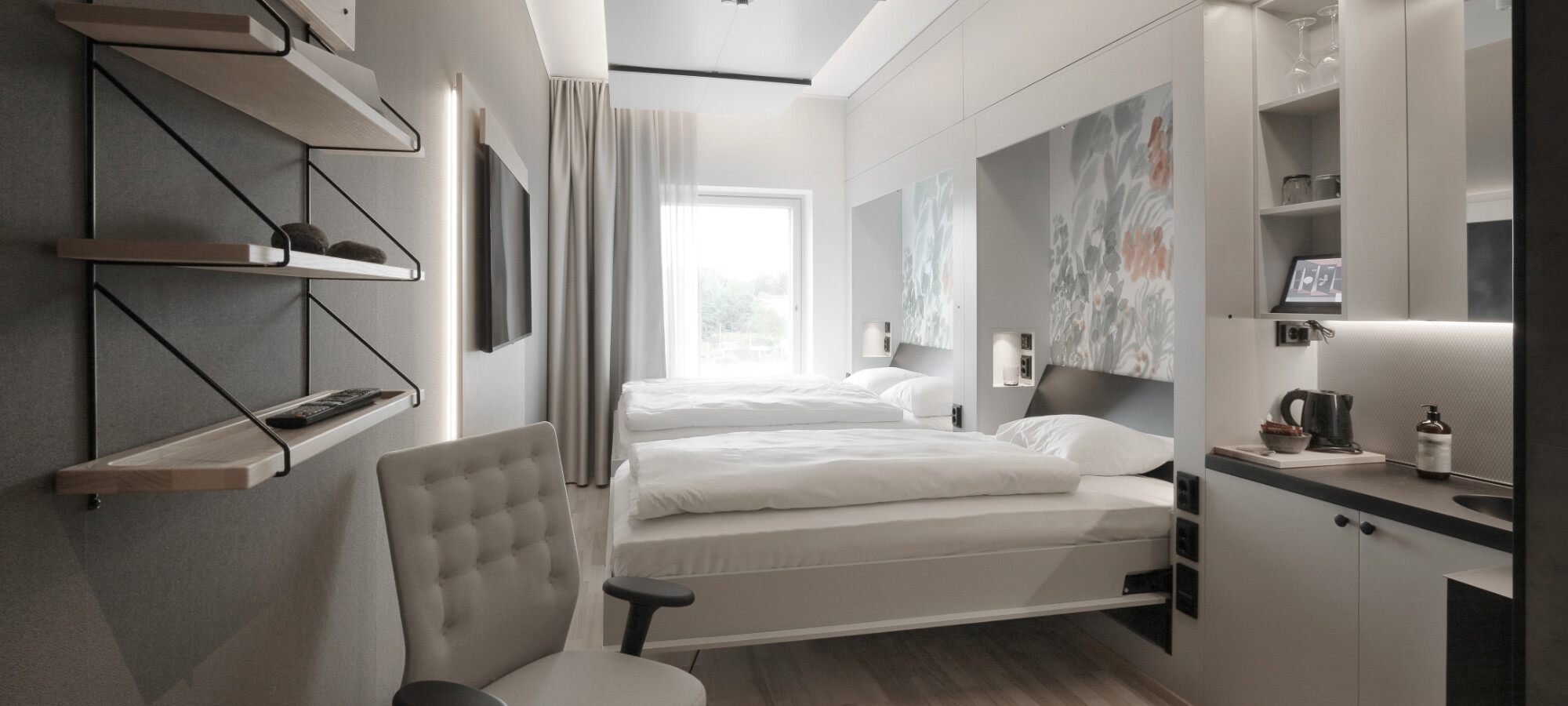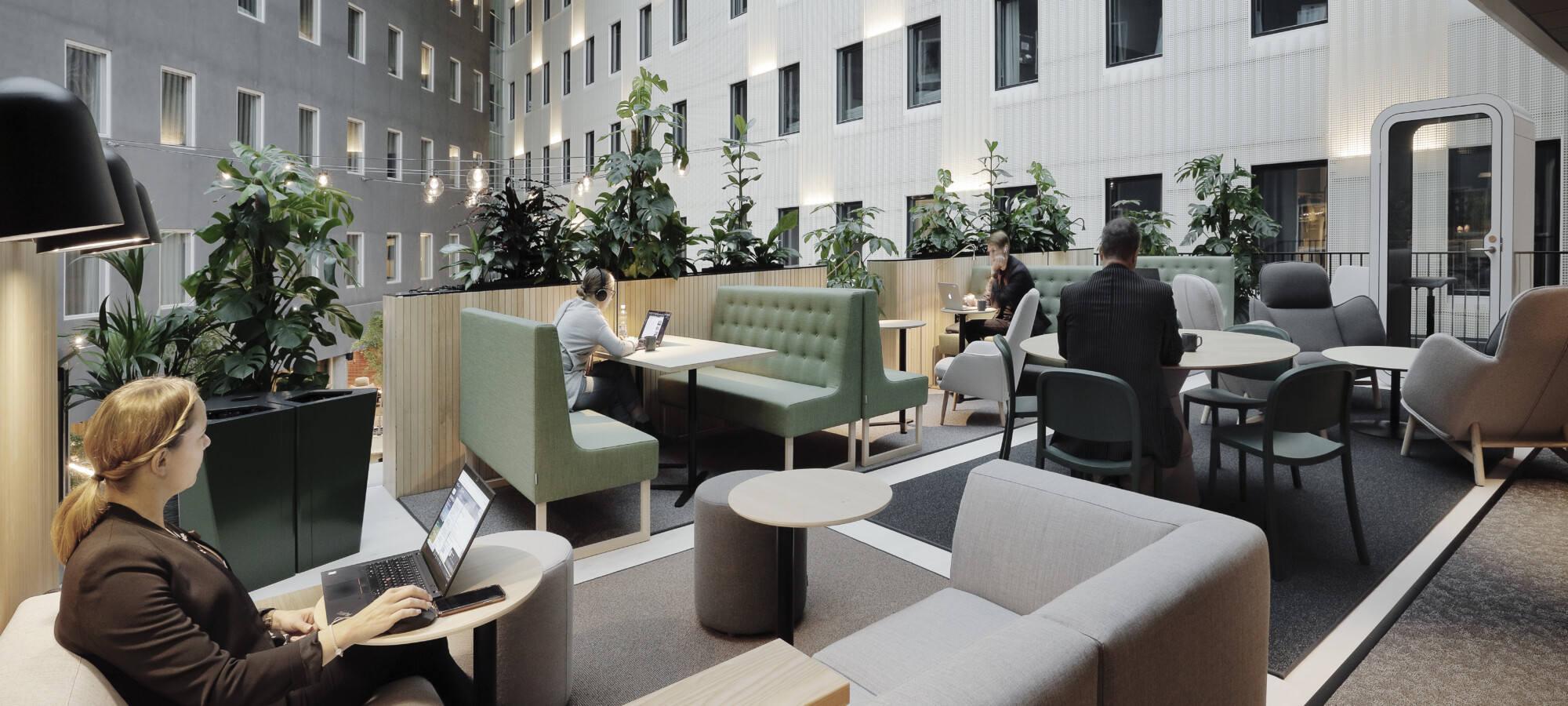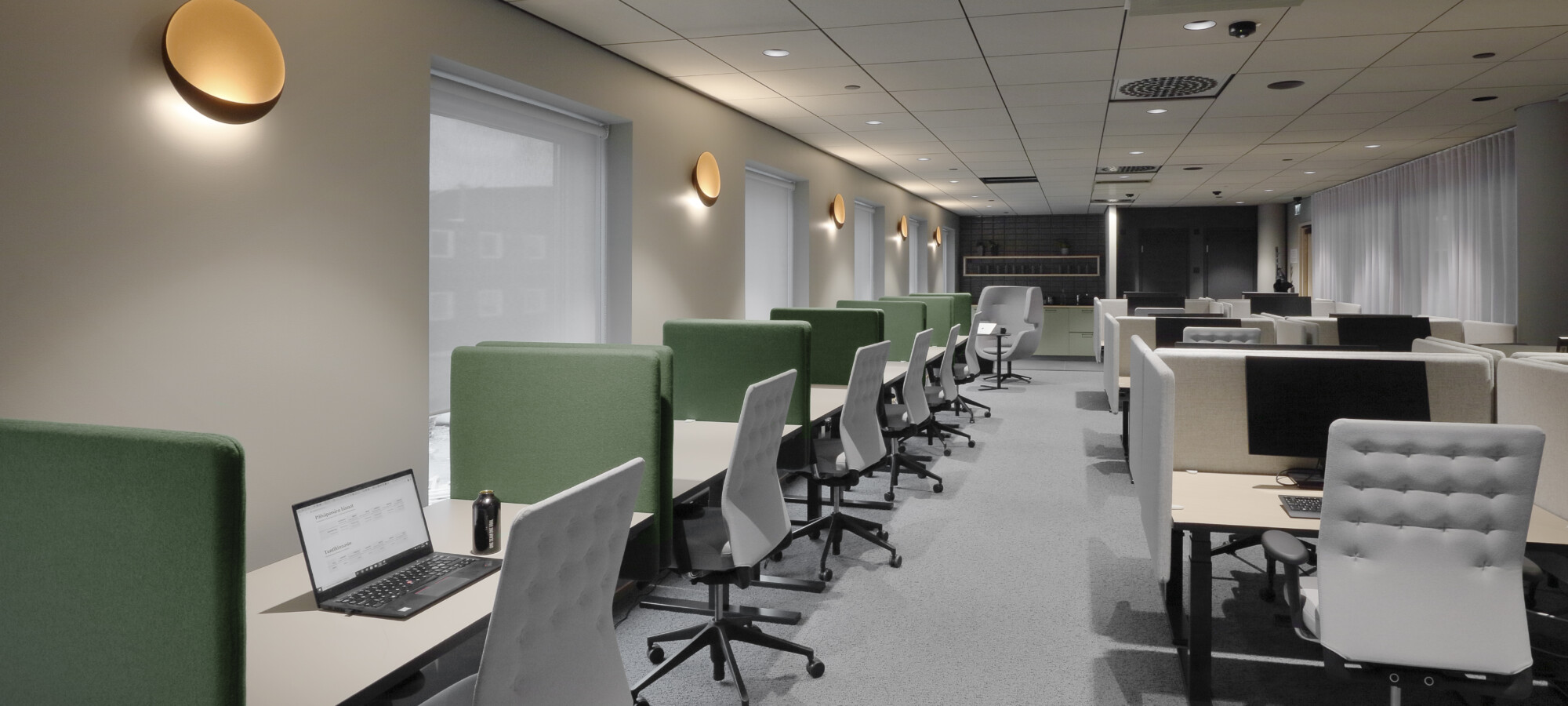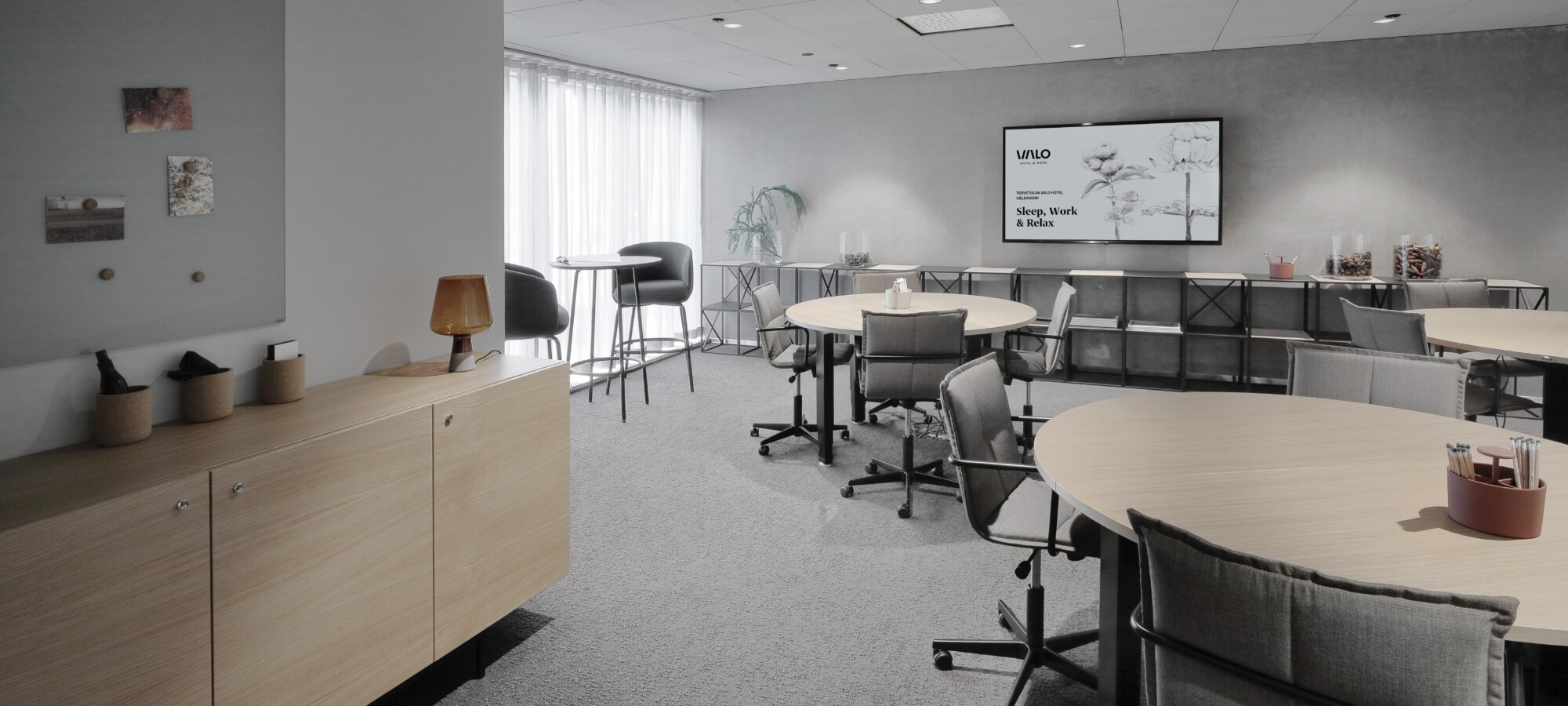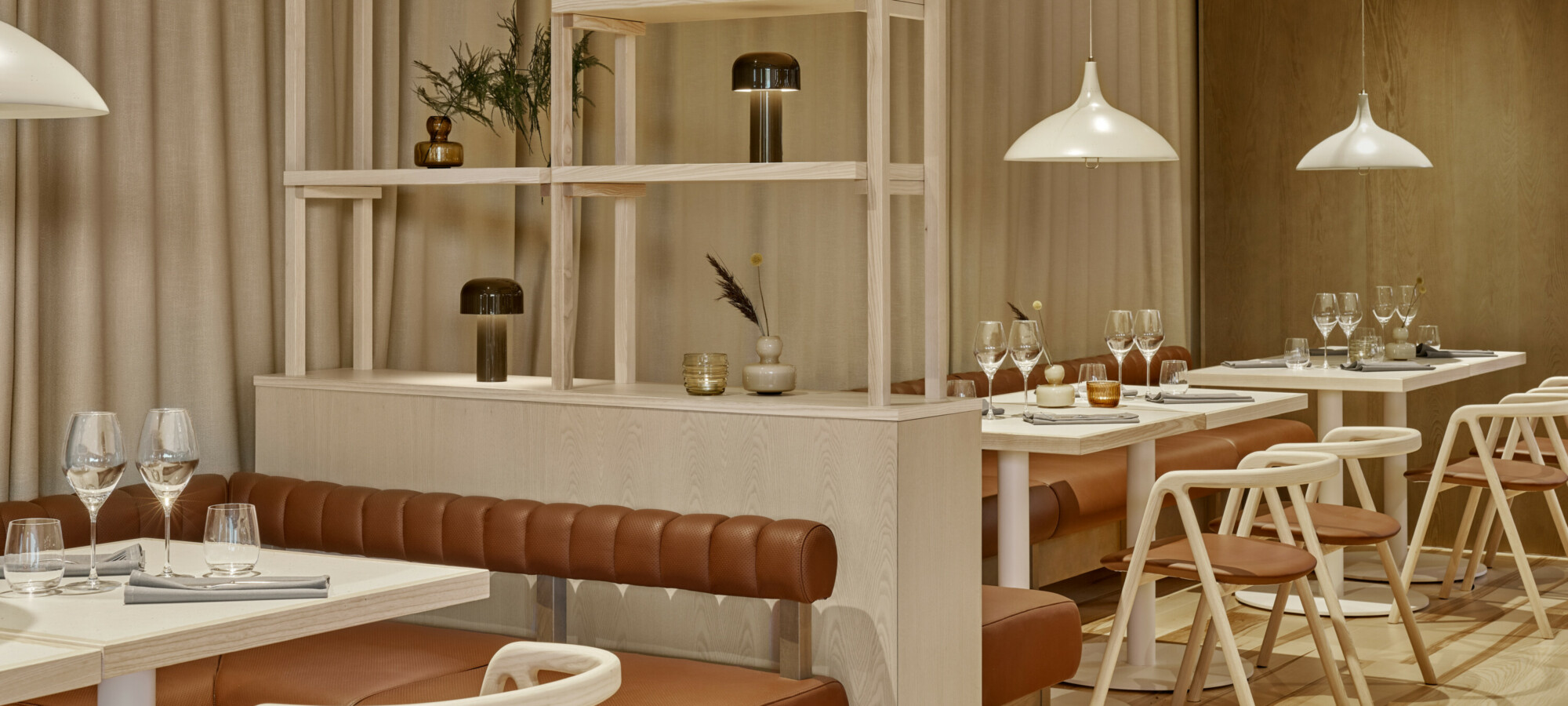We’re eager to get out of the home and back to the office, but it might be worthwhile to take this time and consider what we’re trying to get back to.
;)
Something as uninspiring as the old office has come to spark strong emotion. For some it conjures feelings of unsafety with fear of contagion, and for others a great longing in times of mandated remote work. We’re eager to get back to the way things were, but it’s worthwhile to consider what that would actually mean.
It’s understandable we want the separation of home and office back. Home offices have rarely lived up to office standards with lackluster ergonomics, constant interruptions, spotty wifi and the distinct lack of social interactions with anyone but your family. Adding insult to injury, the home office transfers expenses from the employer to the employee in things such as coffee, cleaning and technology. There’s also a host of professions that rely on face-to-face interactions, like therapy, and heavy or expensive machinery, like carpentry, that can’t be properly done from home. This exile of work has been untenable for many of us, to say the least.
Is there a safe office to go back to?
The safety issues of traditional offices are structural. Most of our current business premises were built on the lessons of our previous pandemics. Tuberculosis was believed to be born in small cluttered and stagnant spaces, so we began building offices and workshops with large, shared spaces. Today we know better; disease spreads in large public workspaces. Even with strict safety measures of masks and hygiene, the old open plan design poses health issues.
Putting the health issues aside, it’s telling that many say they would like to keep working remotely after the remote work mandate is lifted. The old office has been losing pull for a while now, only keeping workers tethered with rigid corporate culture and insufficient digital systems. In all its unpredictability and diversity modern work is in direct conflict with the traditional office which lacks flexibility, personal preference and individualized services. Should we conquer this pandemic, we would still face this miss match of modern work and antiquated workspaces.
Safety and wellbeing at work go hand in hand.
Individual office rooms with proper ventilation are great for work that demands concentration, something many of us struggle with almost daily. They’re also safe in terms of privacy and contagion. Communal spaces should be designed with authentic flexibility, so they can react to the sudden changes in society, culture and work. Service should be the core of all spaces – they ensure coordinated safety measures as well as answer to individual needs.
These are the principles on which VALO was founded. Our workspaces include over 400 individual office rooms that you can go up to straight from the garage. Our hosts and cleaning crew make sure all facilities stay clean, and that we all follow our shared safety measures. The design of our facilities are flexible, turning 100-person event venues into 10-person meeting rooms with online meeting capabilities, among other clever innovations.
There’s a way to feel better about your workspace mid and post covid. Go out and choose a workspace that’s giving you everything you deserve in terms of safety and service. We of course are partial to choosing VALO.
Isla Vainio
Creative & Design Lead
VALO Hotel & Work

